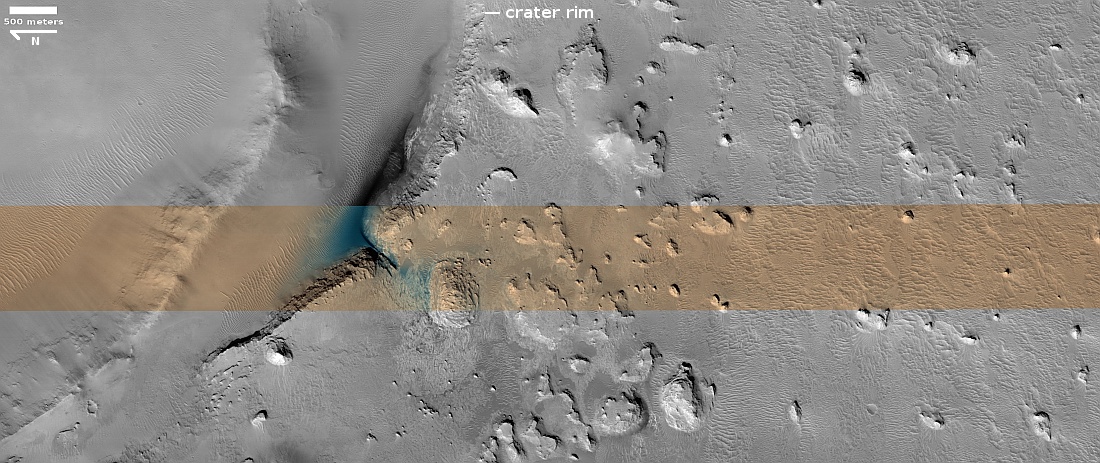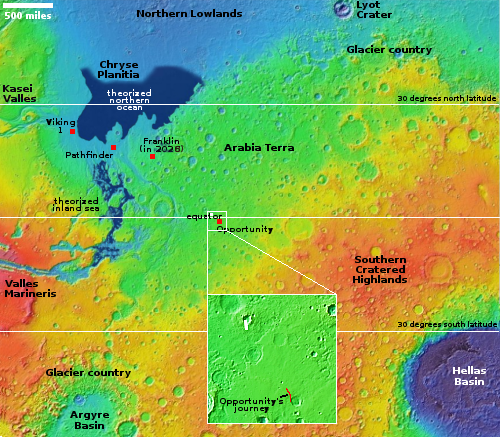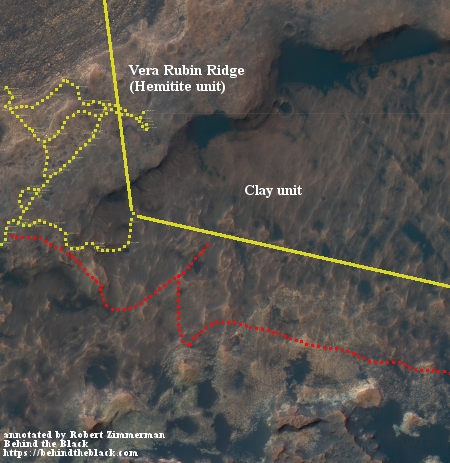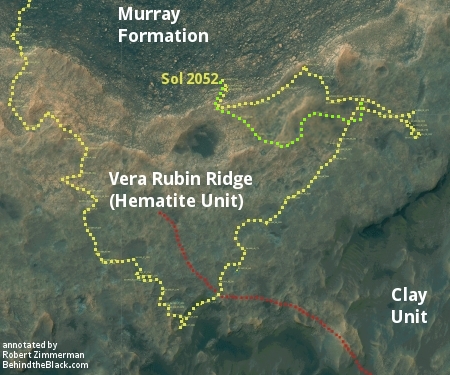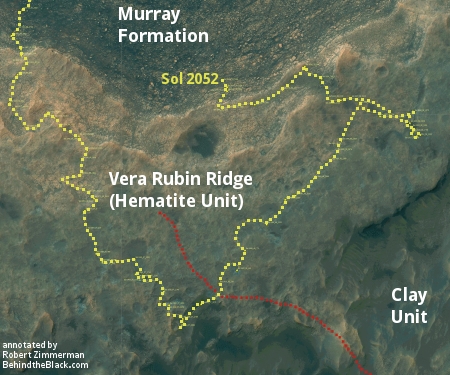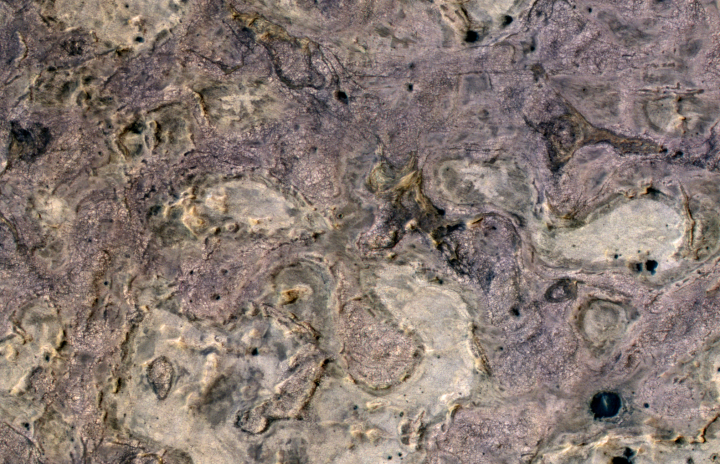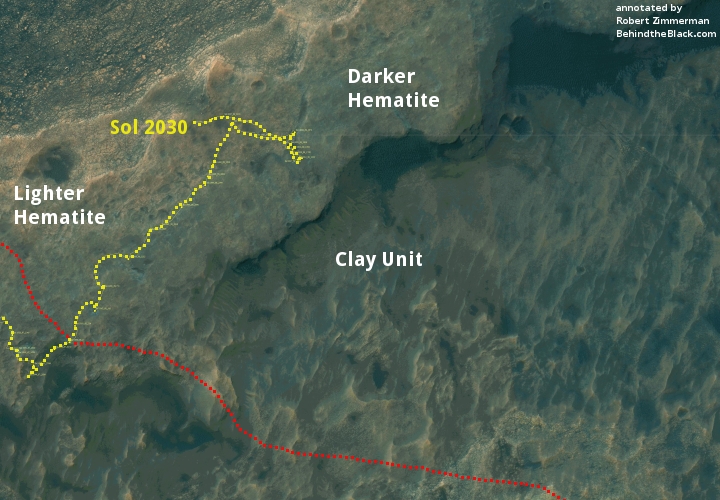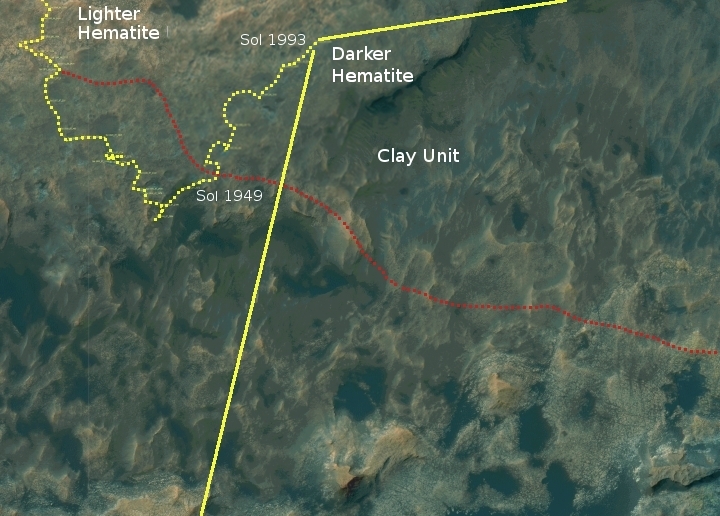Study: Dust removal at Jezero 9x greater than InSight landing area
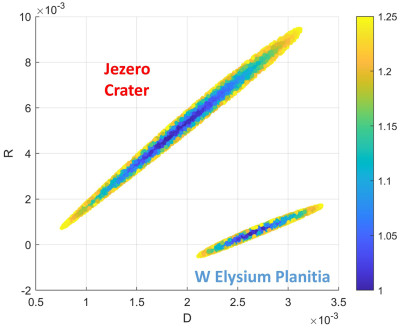
Figure 2 from the paper. Click for original.
Using data from the Mars rover Perseverance, scientists have concluded that dust removal rate in Jezero crater is almost ten times greater than where InSight landed in western Elysium Planitia.
The graph, figure 2 from their paper, illustrates that differents starkly. From their abstract:
Dust removal is almost 10 times larger than at InSight’s location: projections indicate that surfaces at Jezero will be periodically partially cleaned. The estimations of the effect of the accumulated dust as a function of time are encouraging for solar-powered missions to regions with similar amounts of dust lifting, which might be determined from orbital data on where dust storms originate, dust devils or their tracks are found, or seasonal albedo changes are noted.
In other words, it might be practical to send solar powered rovers to different places on Mars, if first research was done to see if the conditions there would regularly clear dust from those panels.
This research confirms what had been implied by the different experiences of landers/rovers in different places on Mars. InSight landed near the equator in a region south of the giant shield volcano Elysium Mons. It only survived four years, with steadily lower energy levels, because no wind or dust devil ever cleared the accumulating dust on its solar panels. Spirit meanwhile landed about 1,500 miles southwest of InSight, yet its power levels were still healthy after more than five years of operations, when those operations ended because the rover could no longer move. The rover Opportunity meanwhile on the other side of the planet lasted more than fourteen years. Both rovers relied on solar power, like InSight, but their solar panels kept getting cleared of dust by wind and dust devils.
It is unclear if this wind research has been done for Europe’s Franklin rover, presently scheduled to land in Oxia Planum in 2028. Franklin will rely on solar panels, and though its nominal mission on the surface is only supposed to last seven months, it is always assumed it will continue until the rover fails.

Figure 2 from the paper. Click for original.
Using data from the Mars rover Perseverance, scientists have concluded that dust removal rate in Jezero crater is almost ten times greater than where InSight landed in western Elysium Planitia.
The graph, figure 2 from their paper, illustrates that differents starkly. From their abstract:
Dust removal is almost 10 times larger than at InSight’s location: projections indicate that surfaces at Jezero will be periodically partially cleaned. The estimations of the effect of the accumulated dust as a function of time are encouraging for solar-powered missions to regions with similar amounts of dust lifting, which might be determined from orbital data on where dust storms originate, dust devils or their tracks are found, or seasonal albedo changes are noted.
In other words, it might be practical to send solar powered rovers to different places on Mars, if first research was done to see if the conditions there would regularly clear dust from those panels.
This research confirms what had been implied by the different experiences of landers/rovers in different places on Mars. InSight landed near the equator in a region south of the giant shield volcano Elysium Mons. It only survived four years, with steadily lower energy levels, because no wind or dust devil ever cleared the accumulating dust on its solar panels. Spirit meanwhile landed about 1,500 miles southwest of InSight, yet its power levels were still healthy after more than five years of operations, when those operations ended because the rover could no longer move. The rover Opportunity meanwhile on the other side of the planet lasted more than fourteen years. Both rovers relied on solar power, like InSight, but their solar panels kept getting cleared of dust by wind and dust devils.
It is unclear if this wind research has been done for Europe’s Franklin rover, presently scheduled to land in Oxia Planum in 2028. Franklin will rely on solar panels, and though its nominal mission on the surface is only supposed to last seven months, it is always assumed it will continue until the rover fails.

